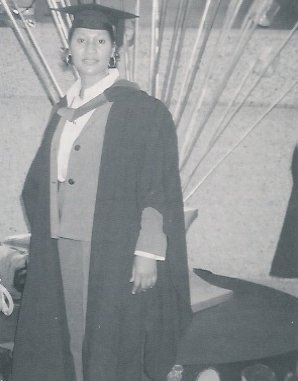THE PENNY POST

On 10 January 1840, the 'Uniform Penny Post' came into effect. It
was the brainchild of Sir Rowland Hill who had reasoned that a uniform
'pre-paid' postal charge was more efficient than the system then used by
the Post Office. Until that time it was customary for the recipient to pay
for the letters and if nobody was at home, the postman would have to
return up to 4 or 5 times in order to deliver the mail and get paid.
Sometimes people refused to pay or the originator would put a pre-arranged
code on the envelope, so getting their message across without levy!
Rowland argued that with pre-payment, operating costs could
be reduced because the mailman need visit only once and revenue would
increase as more people used the service. His idea came from witnessing a
distressed lady who could not afford to receive correspondence from her
fiancé whom she had not seen for many months. Initially the postage was
hand-cancelled by a Post Office official. Also available were pre-paid
envelopes. On 1 May 1840, the famous 'Penny Black' postage stamp was
introduced. It was also the world's first
self-adhesive stamp. Designed by Wyon and featuring a portrait of |
Queen
Victoria, the stamps were printed by
Perkins, Bacon and Co to include a
number of security measures that prevented forgery.
Postal rates were set at one penny per half ounce, much
cheaper than prices previously set by the Post Office. The two-penny
'Blue' stamps soon followed, allowing mail of one-ounce weight to be
processed through the system. The Government of the day had set a
competition for designs of the new 'Penny Black' stamp and the Treasury
received 2,600 entries, but none seemed suitable for this historic
philatelic event. That's when William Wyon was tasked to come up with
something special. His design, featuring the Queen's head was taken from a
portrait on a medal. Henry Corbould made the drawings for the engraver,
Charles Heath, although it is thought Heath's son Frederick may have done
the work.
On the first day of the Penny Post, 112,000 letters were
posted, over three times the number posted on the same day the previous
year. Some 68 million 'Penny Black' stamps were printed over the life of
the issue.
Rowland Hill was knighted by Queen Victoria in 1860 for
'Services to the Nation' and retired in 1864 due to ill health. He died at
his Hampstead home in 1879 and is buried in Westminster Abbey.
( MM3 Call Sign Magazine)
|

